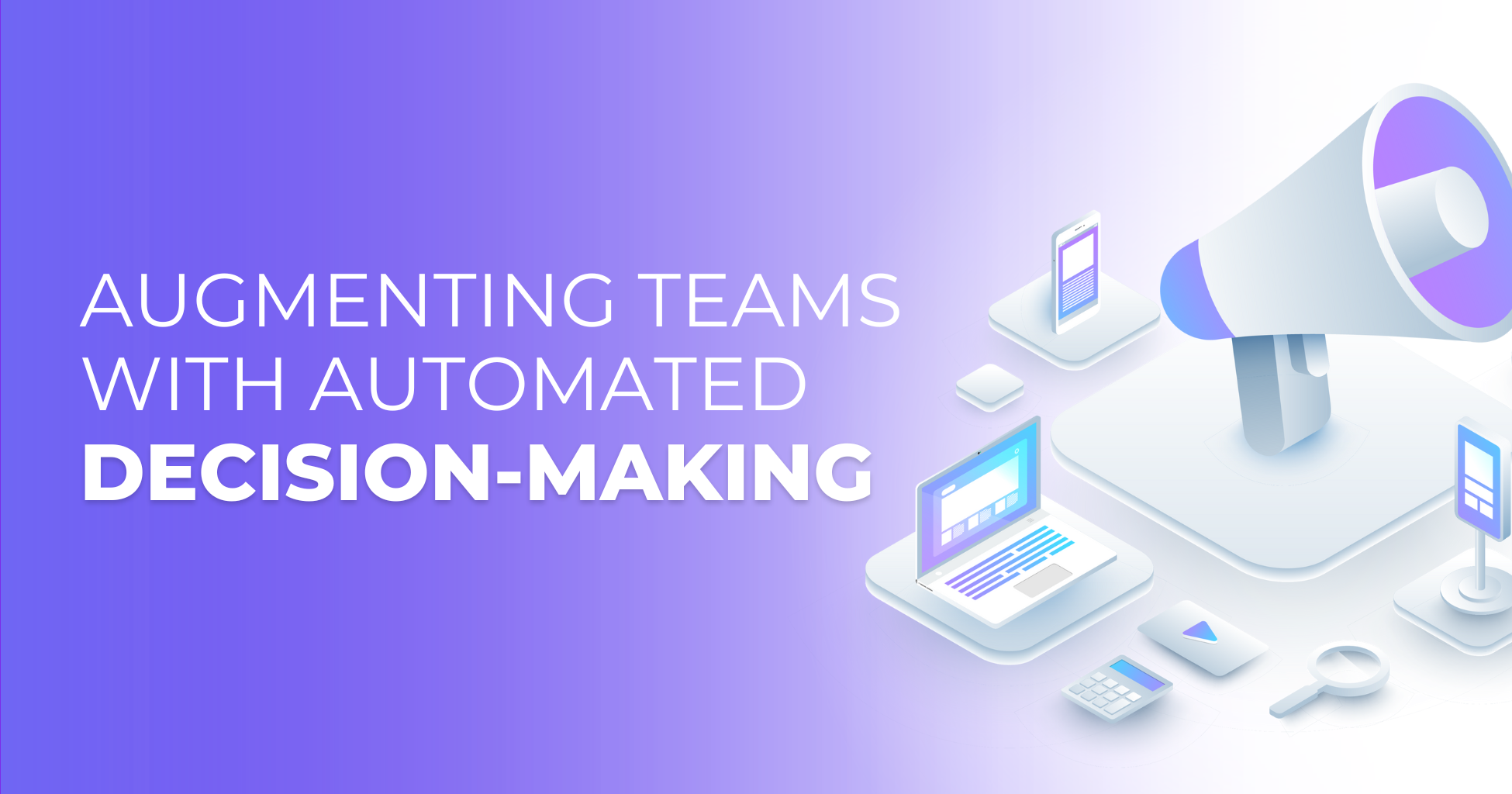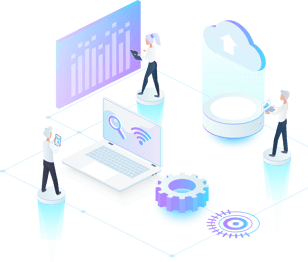Tableau Conference 2025 | Know Before You Go
If you’re a data enthusiast, analytics professional, or just someone curious about Tableau’s latest innovations, the Tableau Conference 2025 is your...

Modern data analytics platforms make extensive use of machine learning models, and they’ve transformed the way we work by taking much of the legwork out of everyday decision-making. Nonetheless, the fear that such innovations will ultimately replace people remains widespread.
It’s also wholly misguided. In fact, automated decision-making can greatly augment people’s capabilities, not only making them better at their jobs, but also reducing the burden of having to mull over huge databases and spreadsheets to gain the insights they need to perform their roles better.

Employees make lots of decisions every day. Some are relatively small and insignificant, only impacting a very specific role. Other decisions are much more complex and have far-reaching consequences. In a recent study, Gartner found that 65% of decisions involve multiple choices and stakeholders, making clear the need to re-engineer the way business decisions are made. There’s also the fact that many decisions are extremely time-sensitive, and there simply isn’t enough time to manually go through the data and compile reports.
Automated decision-making aims to address these problems by turning data into insights and automatically acting on those insights. A common example of automated decision-making can be found in the retail sector, which has widely adopted dynamic pricing models thanks to the help of machine learning in pricing optimization and revenue management. Dynamic pricing sets the price of a product or service based on current market conditions, which are, in many cases, constantly changing and frequently unpredictable. These changes arise so quickly that human teams rarely have time to react to them.
Now, imagine an online store selling hundreds of products and serving dozens of markets all over the world. In such an environment, it’s simply impossible for the sales and product teams to manually research and analyze each individual market and product fit comprehensively and quickly enough to make the necessary timely decisions. That’s where automated decision-making comes in. Instead of having to conduct research manually, an automated solution does it by monitoring and analyzing data in real-time, while automatically adjusting pricing. There’s no human intervention involved.
No one is ever entirely reliable nor consistent in decision-making, but that doesn’t mean people don’t still bring competencies to the table that are essential to their business. In fact, there are many decisions that distinctly require a human touch. After all, artificial intelligence is regularly criticized for dehumanizing the relationships between businesses and their customers, as well as the internal relationships between teams and employees – and rightly so.

That being said, AI and machine learning can and should be leveraged as a force of good in such a way that it improves employee and customer experience alike while boosting business performance. Together, data analytics and AI-driven automation can be deployed to empower faster, more adaptable, and more consistent decisions at a scale in such a way that isn’t possible when relying on manual processes alone.
Automated decision-making can be enormously valuable when deployed for the right reasons with the right data sets and KPIs. For example, automated decision-making gives us instant answers on whether or not we can get a loan or pass an initial recruitment test when we’re applying for a new job. At the same time, automation should never be approached as a shortcut or as a way to diminish the role of people. Rather, it should serve as a resource that helps employees perform a better job, with less friction and greater efficiency.
The high levels of competition and unpredictability in today’s markets mean that businesses must do everything they can to stay ahead of the curve. This involves greatly enhancing their decision-making capabilities, so they can respond and adapt to change quickly and smoothly and, in doing so, retain their competitive advantage. Given the huge amounts of data modern businesses now have at their disposal, the secret to success lies not so much in collecting more data, but in maximizing the use of what’s already available.
We combine our end-to-end Analytics Accelerator platform with domain-specific expertise to help you realize the full potential of your data. Get in touch today to start your new data journey.
-2.gif)
If you’re a data enthusiast, analytics professional, or just someone curious about Tableau’s latest innovations, the Tableau Conference 2025 is your...

Tableau Plus is the new premium offering from Tableau, a leading data visualization and business intelligence platform. It builds upon the...

If you've spent any time working with Tableau, you've likely encountered the dreaded "Cannot Mix Aggregate and Non-Aggregate Arguments" error. It's a...